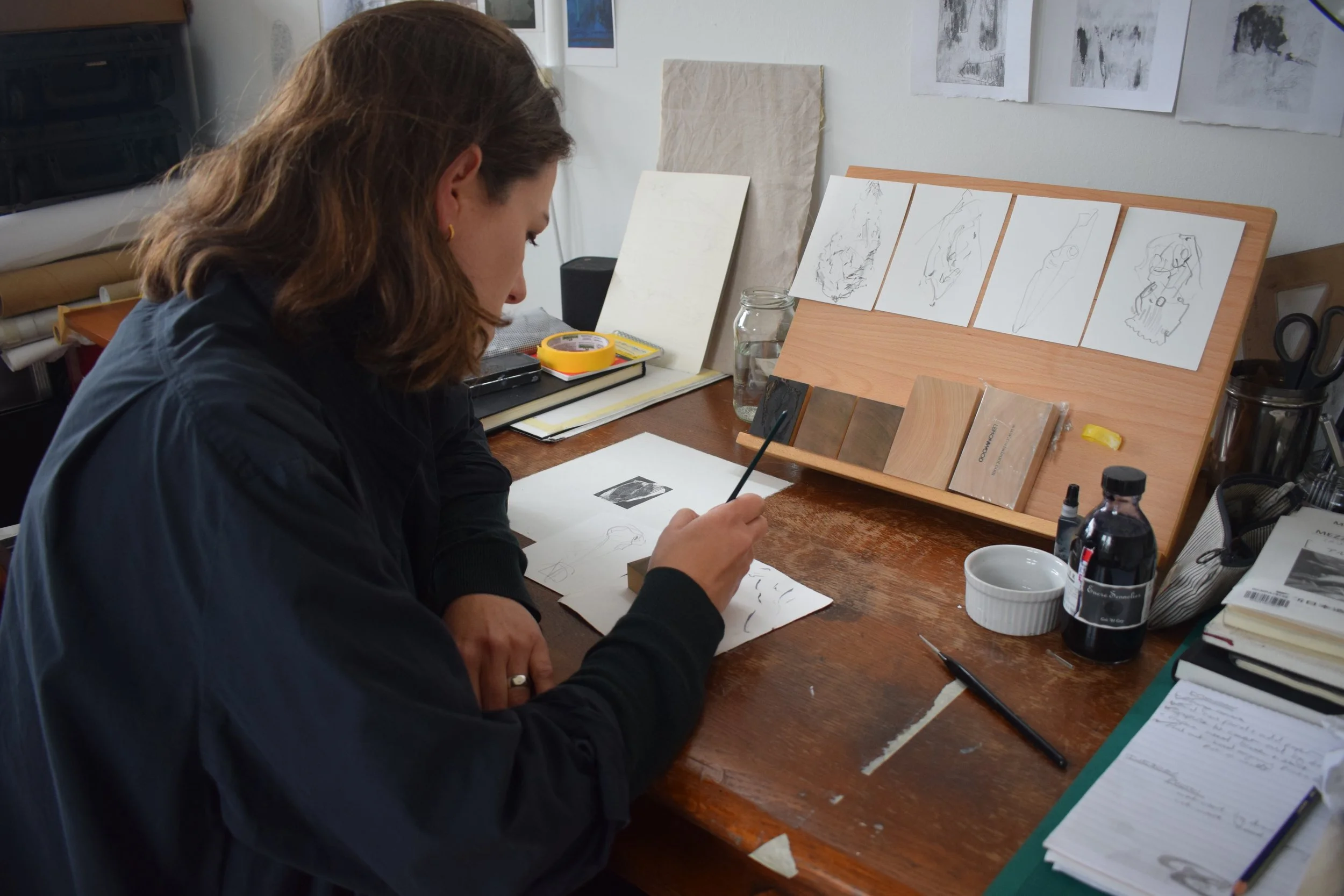Facilitated by Stevei Houkāmau
Saturday 8th July
11 - 4pm
$80 waged $40 unwaged (FULLY BOOKED)
Studio 30
moulding uku by Stevei Houkāmau
In preparations for Matariki, Artist Stevei Houkāmau will lead you though a wānanga where you will learn basic coiling and shaping techniques to create an Ipu Whenua or Waka Whenua. You will then be able to take your unfired vessel home to be used to release and let go of unwanted energy, thoughts or experiences as well as to invite new energy and intentions to welcome in the new year.
Clay and tools will be provided.
For a place on our waiting list contact: sascha.perfect@wcc.govt.nz
Uku pot by Stevei Houkāmau
Please bring the following along with you to the workshop:
Extra tools or items (shells, textured stones, leaves, etc) that you might want to imprint into the surface of the vessel.
Pudding size bowl or smaller, preferably one with a round bottom.
Personal pottery tools if you have them (not mandatory)
Any appropriate designs (from your own culture or nature) that you might like to use to mark the surface of your vessel.
Drink bottle
Recycled plastic bag or a like to wrap your vessel to take home.
Te Matapihi
24 June - 21 July
Curated by Stevei Houkāmau, Te Matapihi is an exhibition concept that brings together a diverse group of Māori artists. Originating from a range of backgrounds and artforms, this group of established makers have dedicated themselves to working outside of the box, exploring the full spectrum of Māori creativity and practice from the historic to the contemporary. Te Matapihi or “The Window” offers a view and invites you to explore the beauty and diversity of Māori art and practice through the eyes of a talented group of makers
Artist Biography
Stevei Houkāmau
Ngāti Porou, Te Whanau-a-Apanui
Stevei Houkāmau is an artist based in Te Whanganui-a-tara that works predominantly in Uku (Clay). Houkāmau journey with uku started in 2011 at Toihoukura in Te Tairawhiti. In 2021 Houkāmau decided to make the move into working as an artist in a full time capacity.
Houkāmau has been researching and developing the core kaupapa of her practice “Whakapapa” which examines the connections and relationships that move across time and space, and through form and design. Her practice is distinctive for its carved surface designs that draw upon Tā Moko and Tātau. Used to amplify the curvature of the vessels, these markings also act as a visual language encoded with knowledge, genealogy and connect with legacies of Māori making, migration from te Moana nui a kiwa, and kinship ties with Atua.
“My dream was always to be a tattoo artist. Today when I reflect on my practice I love that every day I get to Ta moko Papatuanuku”





